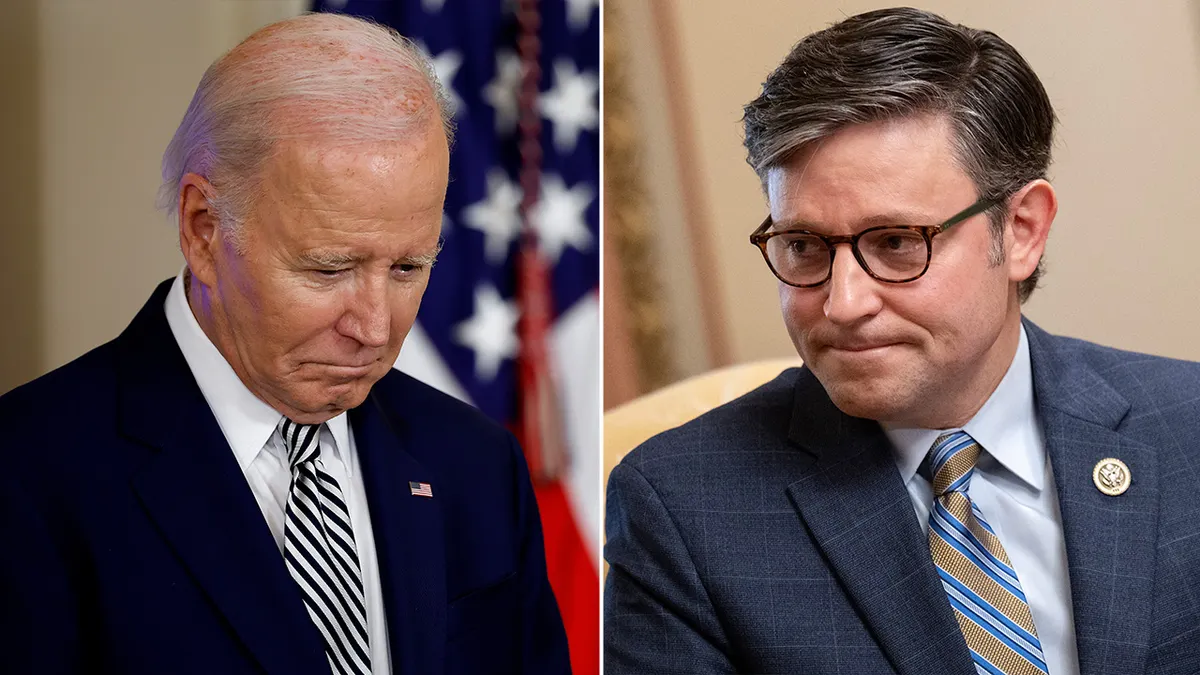As the 2024 presidential election approaches, immigration remains a pivotal and contentious issue for President Joe Biden. His administration’s approach to border security, asylum policies, and overall immigration reform has been both lauded and criticized, reflecting the complex nature of the challenge. Here, we delve into the key actions and policies that have defined Biden’s handling of immigration and what it means for his re-election campaign.
Biden’s Initial Approach to Immigration
When President Biden took office in January 2021, he inherited a deeply divided immigration system from the Trump administration, characterized by strict enforcement and a border wall initiative. Biden promised a more humane approach, focusing on addressing root causes of migration, improving the asylum process, and providing pathways to citizenship.

One of his first actions was to halt the construction of the border wall and revoke Trump-era travel bans targeting predominantly Muslim countries. He also proposed the U.S. Citizenship Act of 2021, aiming to offer an eight-year path to citizenship for undocumented immigrants, modernize the immigration system, and bolster border security through technology rather than physical barriers.
Changes in Asylum Policies
Biden’s administration took significant steps to reform the asylum system. In February 2021, the Migrant Protection Protocols (MPP), also known as the “Remain in Mexico” policy, were suspended. This policy had forced asylum seekers to wait in Mexico for their U.S. court hearings, often under dangerous conditions.
Biden also moved to increase the number of refugees admitted to the U.S. after the historically low caps set by his predecessor. He set an ambitious target of 125,000 refugees for the fiscal year 2022, though achieving this goal proved challenging due to logistical and bureaucratic hurdles.
Border Security and the Surge in Migration
Despite these reforms, the Biden administration faced an unprecedented surge in migration at the southern border. Critics argued that the rollback of Trump-era policies contributed to the influx, creating a perception of more lenient border control. The administration responded by increasing resources for border management and accelerating the processing of asylum claims to reduce overcrowding in detention facilities.
In May 2023, Title 42, a public health order used to expel migrants quickly during the COVID-19 pandemic, was lifted. Its termination required the Biden administration to devise new strategies to manage the expected rise in border crossings. This included opening regional processing centers in Central America to pre-screen migrants and implementing expedited removal processes for those without valid asylum claims.
Balancing Enforcement and Humanitarian Concerns
Biden has walked a tightrope between enforcing immigration laws and addressing humanitarian concerns. His administration expanded the use of Alternatives to Detention (ATD) programs, which monitor migrants through electronic surveillance rather than holding them in detention canters. This approach aimed to ensure compliance with immigration proceedings while treating migrants with dignity.
Furthermore, Biden increased support for Central American countries to address the root causes of migration, such as violence, corruption, and economic instability. By investing in local initiatives and partnering with international organizations, the administration hoped to reduce the need for people to flee their home countries.
Political Ramifications as the Election Looms
As the 2024 election nears, immigration remains a hot-button issue that could influence voters. Republicans have criticized Biden for what they perceive as lax border security and ineffective immigration policies. They argue that the administration’s approach has led to increased illegal crossings and strained resources at the border.
Conversely, progressives within Biden’s own party have pushed for more aggressive reforms, including the abolishment of detention centers and broader protections for undocumented immigrants. This intra-party tension highlights the delicate balance Biden must maintain to satisfy both moderate and progressive factions.
President Biden’s handling of immigration has been marked by efforts to reverse Trump-era policies, address the humanitarian aspects of migration, and manage border security amidst rising migration levels. As he campaigns for re-election, his administration’s approach to these complex issues will undoubtedly be scrutinized by both supporters and detractors. Whether Biden’s immigration policies will bolster or hinder his bid for a second term remains to be seen, but they will undoubtedly play a crucial role in the upcoming electoral landscape.





